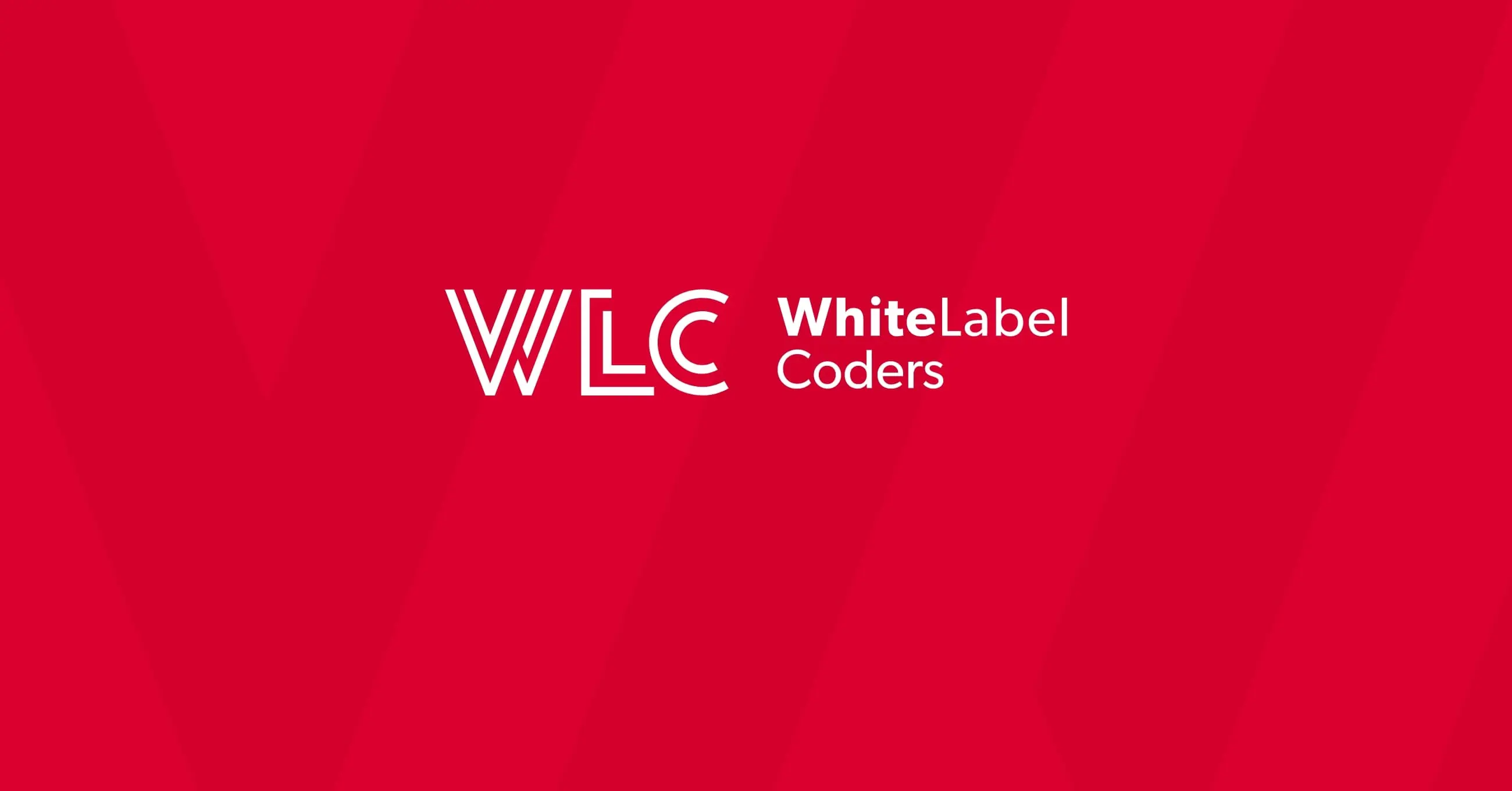Category: WooCommerce
How is WooCommerce different from Magento?

Choosing the right e-commerce platform can make or break your online business. It’s not just about having a digital storefront—it’s about finding a solution that aligns with your business goals, technical capabilities, and growth trajectory. When it comes to powerful e-commerce solutions, WooCommerce and Magento often top the list of considerations. But how exactly do they differ? And which one might be right for your specific needs?
In this comprehensive guide, we’ll explore the key differences between these two popular platforms, helping you understand their unique strengths and potential limitations. Whether you’re starting your first online shop or considering a platform migration, this comparison will provide valuable insights to inform your decision.
Understanding e-commerce platforms: WooCommerce and Magento overview
Before diving into the technical differences, let’s establish a clear understanding of what these platforms actually are.
WooCommerce is a free, open-source e-commerce plugin built for WordPress. Launched in 2011, it has rapidly grown to become one of the most popular e-commerce solutions globally, powering approximately 30% of all online stores. As a WordPress plugin, WooCommerce inherits the flexibility and user-friendliness of the world’s most popular content management system.
Magento (now known as Adobe Commerce) is a standalone e-commerce platform that’s been around since 2008. It was designed specifically for medium to large businesses with complex needs and significant resources. Magento offers both an open-source Community Edition and a feature-rich Commerce Edition with premium support.
Why is understanding these differences important? Simply put, the platform you choose will significantly impact your daily operations, customer experience, development costs, and long-term scalability. While both can create functional online shops, they cater to different business models and technical environments.
The right e-commerce platform isn’t necessarily the one with the most features—it’s the one that best aligns with your business goals, technical capabilities, and growth trajectory.
What are the core architectural differences between WooCommerce and Magento?
The fundamental architectural difference between these platforms creates ripple effects throughout their functionality, performance, and use cases.
WooCommerce functions as a plugin within the WordPress ecosystem. This means it’s not a standalone application but rather extends the functionality of an existing WordPress site. This architecture has significant implications:
- It leverages WordPress’s content management capabilities
- It uses the same database structure as WordPress
- It inherits WordPress’s theme system and hooks architecture
In contrast, Magento is a dedicated e-commerce application built from the ground up. Its architecture includes:
- A modular codebase designed specifically for e-commerce
- EAV (Entity-Attribute-Value) database model for product management
- MVC (Model-View-Controller) architecture with extensive use of design patterns
These architectural differences aren’t just technical details—they directly impact how businesses interact with and extend the platforms. For instance, WooCommerce development tends to be more accessible to those already familiar with WordPress, while Magento development typically requires more specialized expertise.
Database and Performance Architecture
WooCommerce shares WordPress’s relatively simple database structure, which makes it lighter weight but sometimes less efficient for very large product catalogues. Magento’s EAV database model provides more flexibility for complex product attributes but can result in more complex queries and potential performance challenges without proper optimization.
Have you considered how your product structure might affect platform performance? Products with numerous variations and complex attributes might benefit from Magento’s specialized architecture, while simpler catalogues might perform perfectly well on WooCommerce.
How do pricing models compare between WooCommerce and Magento?
Cost considerations often play a crucial role in platform selection. Let’s break down the typical expenses for both platforms:
| Cost Factor | WooCommerce | Magento |
|---|---|---|
| Core Software | Free (open-source) | Community Edition: FreeCommerce Edition: Licence fees starting from ~£22,000/year |
| Hosting Requirements | Moderate (£5-100/month depending on traffic) | Substantial (£50-1,000+/month for dedicated servers) |
| Development Costs | Lower (£2,000-10,000 for typical shops) | Higher (£10,000-100,000+ for typical implementations) |
| Extensions/Plugins | Many free options, premium from £0-200 | Fewer free options, premium from £50-1,000+ |
| Maintenance | Lower (simpler updates, more standardized) | Higher (more complex updates, specialized knowledge required) |
Beyond these direct costs, there are also considerations around staffing and expertise. WooCommerce typically requires less specialized knowledge, making it easier to find developers or manage in-house. Magento often requires dedicated specialists, which can increase overall operating expenses.
What’s your budget not just for initial implementation, but for ongoing development and maintenance? This long-term cost perspective is crucial for making a sustainable platform choice.
Installation and setup process: WooCommerce vs Magento
The complexity and time investment required for initial setup varies dramatically between these platforms.
WooCommerce Setup
Setting up WooCommerce involves:
- Installing WordPress (5-minute famous installation)
- Installing and activating the WooCommerce plugin
- Following the setup wizard to configure basics (payment, shipping, tax)
- Adding products and customizing your store appearance
This process can be completed in hours rather than days, making it accessible even to non-technical users. However, for a fully customized professional store, professional WooCommerce development services can ensure optimal setup and configuration.
Magento Setup
Magento installation is considerably more involved:
- Setting up appropriate server environment (more demanding specifications)
- Installing Magento via Composer or manual download
- Configuring database and server connections
- Running installation commands
- Extensive post-installation configuration
This process typically requires developer expertise and can take days to complete properly. The technical requirements are also higher, with Magento needing more server resources and specialized configurations for optimal performance.
Customization capabilities and extension ecosystems
Both platforms offer extensive customization options, but the approach and implementation differ significantly.
WooCommerce benefits from WordPress’s massive ecosystem of themes and plugins. There are thousands of ready-made themes that can be customized to create unique storefronts. The plugin architecture makes it relatively straightforward to add functionality without custom coding, though for specialized needs, custom development may still be necessary.
Magento’s customization framework is more complex but potentially more powerful for large-scale operations. Its theme system is based on sophisticated inheritance principles, allowing for precise customization while maintaining upgrade compatibility. Extension development typically requires more specialized knowledge but can result in deeper integration with core systems.
| Ecosystem Factor | WooCommerce | Magento |
|---|---|---|
| Number of Extensions | 5,000+ dedicated plugins, plus 55,000+ WordPress plugins | 3,000+ extensions in Marketplace |
| Theme Availability | Thousands of themes with varying WooCommerce compatibility | Hundreds of specialized e-commerce themes |
| Customization Approach | Child themes, hooks system, template overrides | Theme inheritance, layout XML, block system |
| Developer Availability | Abundant (WordPress developers with WooCommerce experience) | More limited (specialized Magento developers) |
If your business requires unique functionality, consider how well each platform’s extension ecosystem aligns with your specific needs. While WooCommerce might offer more plugins numerically, Magento’s extensions are often designed for more complex business operations.
Performance and scalability: How each platform handles growth
As your online business grows, your e-commerce platform needs to scale accordingly. How do these platforms handle increased traffic, larger product catalogues, and higher transaction volumes?
WooCommerce, being built on WordPress, inherits both its strengths and limitations. With proper optimization, caching, and hosting infrastructure, WooCommerce can handle significant traffic and thousands of products. However, it may require more aggressive optimization for very large catalogues (10,000+ products) or high concurrent traffic.
Specialized WooCommerce development expertise can help overcome these challenges through custom optimization, database tuning, and advanced caching implementations.
Magento was architecturally designed for scalability from the beginning. Its modular structure and sophisticated caching mechanisms allow it to handle very large catalogues and high traffic volumes. The platform includes built-in features specifically designed for enterprise-level demands, such as:
- Advanced caching mechanisms
- Database scaling options
- Content Delivery Network (CDN) integration
- Multiple store management from a single installation
The trade-off is that Magento requires more server resources and technical expertise to maintain optimal performance. Even a properly configured Magento store typically requires more substantial hosting infrastructure than an equivalent WooCommerce implementation.
Choosing the right platform for your business needs
After examining the key differences between WooCommerce and Magento, how do you determine which platform is right for your specific business situation? Consider these frameworks for decision-making:
Business Size and Resources
WooCommerce often makes more sense for:
- Small to medium-sized businesses
- Companies with limited technical resources
- Businesses with tight initial budgets
- Organisations already using WordPress
Magento typically better serves:
- Medium to large enterprises
- Businesses with dedicated technical teams
- Companies with substantial development budgets
- Organisations with complex product structures or multiple storefronts
Key Decision Factors
When making your final decision, weigh these considerations:
- Budget: Both immediate implementation costs and long-term maintenance
- Technical capabilities: In-house expertise or access to developers
- Growth projections: Anticipated sales volume and product catalogue size
- Customization needs: Required unique features and integrations
- Time to market: How quickly you need to launch
Remember that there’s no objectively “better” platform—only the one that better fits your specific business context. Many successful e-commerce businesses operate on both platforms across different market segments.
If you’re leaning toward WooCommerce, partnering with experienced WooCommerce development specialists can help you maximize the platform’s potential while avoiding common pitfalls.
The most important step is making an informed decision based on your unique business requirements, resources, and growth objectives. Both platforms offer robust e-commerce capabilities—the key is aligning those capabilities with your specific needs.

